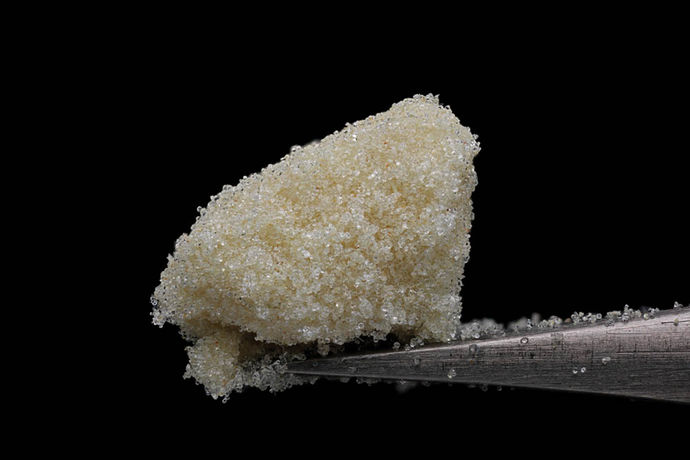We all love hemp and we want more of it in our day-to-day lives. Whether food or paper or clothing, we can’t get enough of it because the U.S. market is still very small and fragmented. I’m not suggesting we give up on hemp, but perhaps all of us – farmers, manufacturers and consumers alike – should think about the transition to a hemp-filled world.
Don’t get me wrong. I’m not backing away from my vision of how hemp can be used for so many different things. Let’s be honest: We’re not going to wake up one morning to see hemp in everything we encounter. Or will we?
What if hemp replaced a fraction of cotton, wood or plastic? We all want to wear hemp jeans and t-shirts. Can I interest you in clothing that is 20% or even 10% hemp fiber? Would you feed your printer paper that was a post-consumer recycled paper and hemp fiber blend? Building a deck or shed? What if you could buy plywood that wasn’t from trees, but a mixture of hemp and wood?
While blends may not be as sexy as 100% hemp, each industry likely has a sweet spot where a hemp blend would require only minor retooling of existing manufacturing facilities. Hemp stems may resemble wood at first glance, but they aren’t chemically equivalent. Each has its own ratio of lignin, cellulose and hemicellulose. Wood is ground into small pieces in order to make paper. X percent of hemp can probably be added to wood in existing factories. On the other hand, cotton is spun or woven, so any hemp fibers need to work without new machines. Hemp is known for its long, strong fibers – if farmers grow tall plants, the resultant fibers could be blended without a whole new factory.
The first question anyone in the textile or paper industry will ask is: “Yes, blends are great – but can you guarantee a steady supply of hemp once we commit to integrating it into our product line?” From a business point of view, this is a key question for farmers on the front end and existing manufacturers on the receiving end. Farmers and processors need to make long-term commitments to grow the industry together. The good news is that shifting away from cotton and wood is good for the planet (and possibly cheaper too), but the only way the hemp fiber market is going to grow is if farmers have customers. Nothing will spur them to grow more hemp than signed purchase agreements in-hand before they plant.
I agree that what I’m saying is a classic chicken-and-egg conundrum. No big company is going to introduce a product line that will run out of materials once they start selling. The bulk of the hemp being grown today is for CBD extraction, not fiber. Hemp farmers need to plant fiber cultivars and lots of them, too. The only way the fiber industry can scale up profitably is if the farms are close to the manufacturing plants. I love small family farms, but my guess is that 50 acres of hemp is the smallest profitable harvest size.
The marketplace will be the final arbitrator. Farmers who grow lots of fiber will seek out customers, just as enlightened companies that want to use hemp will look for suppliers. The rest of us need to be patient and support the hemp industry in all of its forms and guises. And if that means blending hemp into wood and paper and other existing materials, then so be it. After all, a little hemp here and there can make a big difference.










